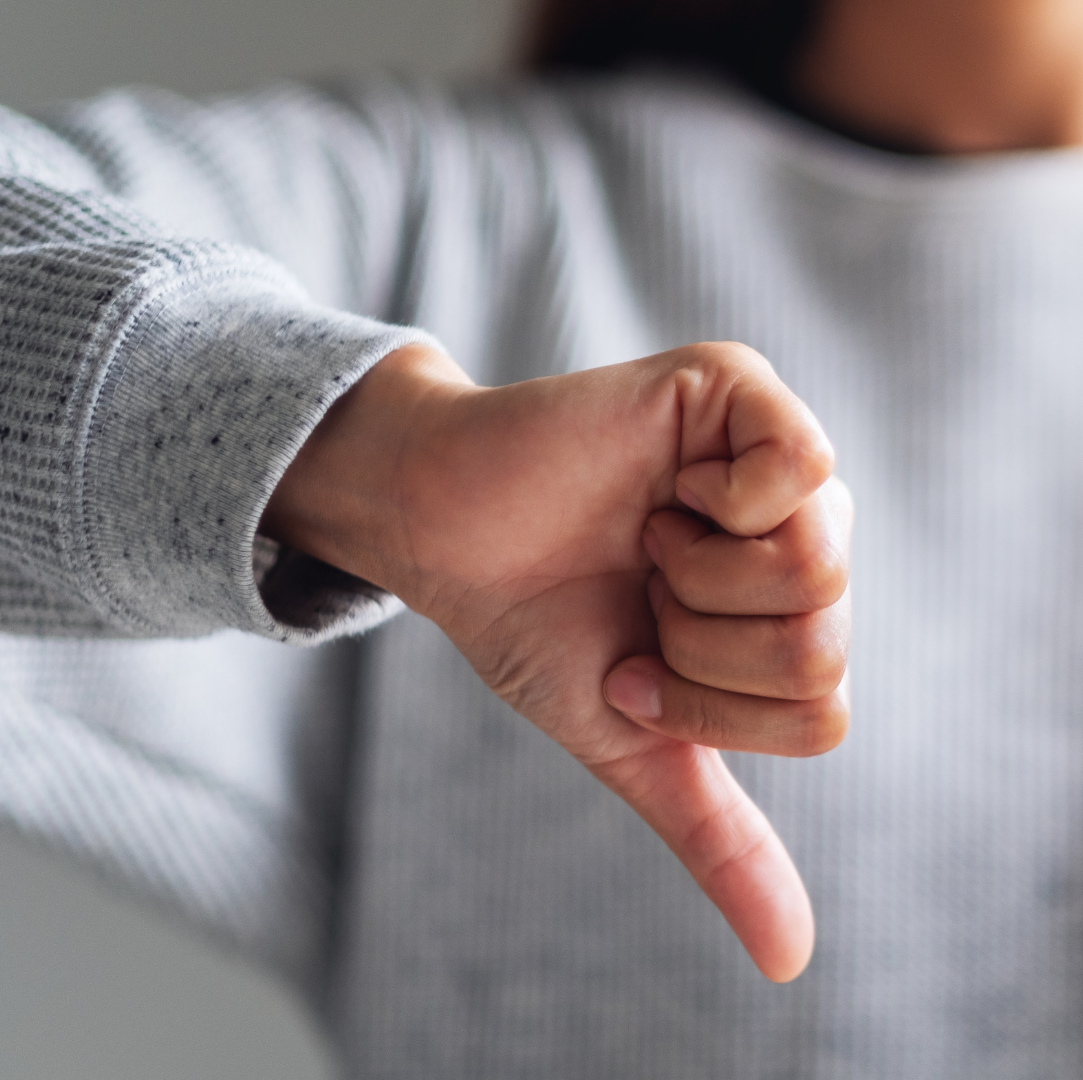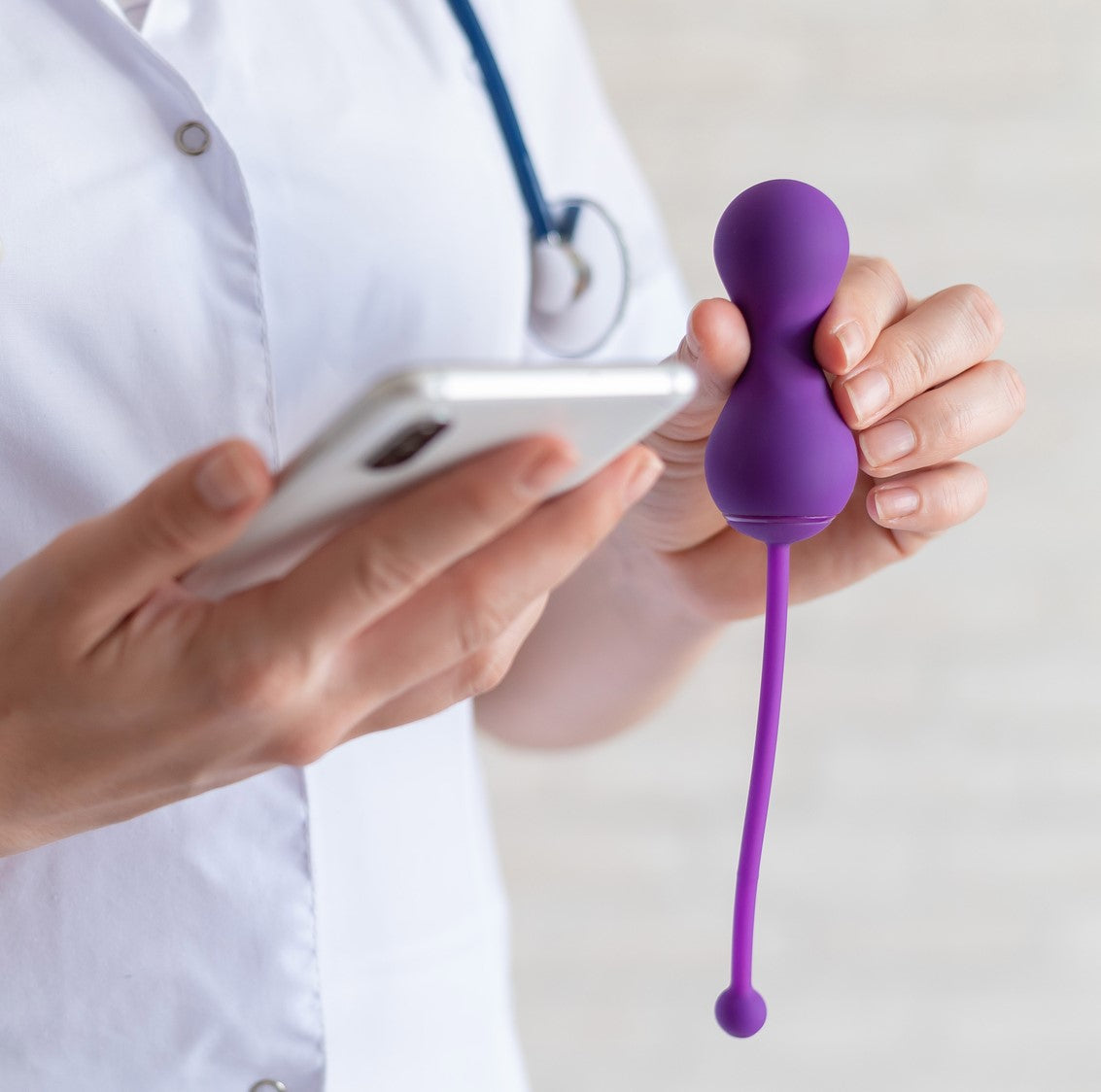Team Inspiriko - June 2023
Thriving Through Change: Exercises to Improve Pelvic Floor Health During Menopause

Menopause can be a challenging phase for women, with your quality of life being impacted by symptoms like hot flashes, insomnia, and mood changes. To make matters worse, there’s one extra thing you need to worry about: your pelvic floor health. It is not uncommon for pelvic floor muscles to weaken as a result of simply aging. This can lead to issues such as incontinence, pain or discomfort during physical activities, or difficulties with sexual intercourse.
But don’t worry: suffering is not inevitable! By engaging in targeted exercises for the pelvic floor, your muscles can be strengthened, and symptoms associated with menopause can be reduced. Keep reading to discover more about the best exercises to improve pelvic floor health and how they can make a positive impact on your well-being.
Common Pelvic Floor Problems in Menopause
Nestled at the base of the pelvis, your pelvic floor muscles are responsible for a multitude of bodily functions (1):
• Support your internal organs,
• Keep your bladder and rectum in check,
• Add pleasure to your intimate moments.
When your pelvic floor weakens, as a result of aging, surgery, or even pregnancy, it can bring about a myriad of problems. One of them is urinary incontinence, that is, the involuntary leaking or dribbling of urine when laughing, coughing, sneezing, or exercising, among other activities (2). Pelvic organ prolapse, where one or more of your internal organs drops down into your vagina due to weak tissue strength and support, is also common during menopause. And let’s not forget about pelvic pain and possible sexual dysfunction!
If you find yourself facing these pelvic problems, then it's time to consult with your doctor for an official assessment. They'll likely recommend certain exercises, including Kegels and other targeted workouts, that will help you recover the strength you have lost.
The Importance of Pelvic Floor Exercises During Menopause
Engaging in regular pelvic floor exercises, also known as Kegel exercises (3), can help strengthen your muscles and improve their overall tone. By doing so, you may experience a number of beneficial effects on your body, such as:
• A reduction in urinary incontinence
• Enhance vaginal muscle strength
• Improved sexual function and satisfaction.
What are Kegel exercises, exactly? A Kegel exercise involves simulating the process of urinating and then actively restraining it. To carry them out, you should engage and release the specific muscles responsible for regulating urine flow. If you’re not sure how to find these muscles, the next time you need to go to the bathroom, initiate the process and abruptly halt it. Pay attention to the muscles in your vagina and anus as they contract and rise. If you perceive them tightening, you have successfully performed the exercise correctly!
And you don’t have to wait until you experience symptoms to start strengthening your pelvic floor. The Kegel exercises are easy to do and don’t have any side effects! Here we present you with some steps to carry them out successfully:
1. Find a comfortable position to perform the exercises and make sure your bladder is empty. You can either sit or lie down, whichever feels better for you.
2. Contract your muscles for a count of three (or even five), then relax them for a count of three.
3. Do this 10 times in a row, twice per day. Make sure you’re not tightening other muscles as well; relax your body.
4. To see the best results, consistency is key. Aim to perform these exercises at least three times a day. You can easily incorporate them into your daily routine, such as during your morning routine, while watching TV, or before going to bed.
Some Expert Tips
And here are some expert tips for performing Kegel exercises effectively and discreetly:
● Avoid squeezing too hard to prevent recruiting other muscle groups, like your abs or inner tighs.
● Repeat the exercises in different positions (seated, standing, walking) and during activities for a more comprehensive training.
● Pay equal attention to resting as it helps with the coordination of your pelvic floor muscles.
● Consider using Kegel weights (vaginal weights or Kegel balls) to enhance the effectiveness of the exercises. These small balls are designed to insert them in your vagina and provide resistance for your Kegel exercises, making them easier by giving your muscles something to contract around.
● Also, using Kegel weights ensures proper technique. They may feel strange at the beginning, but don’t give up! They offer the ability to track progress by feeling the weight being squeezed and lifted.
● Finally, you should Incorporate Kegel weight exercises into an existing habit, like brushing your teeth, to establish a consistent routine.
Additional Strategies for Strengthening the Pelvic Floor
When it comes to strengthening your pelvic floor, there are additional strategies that can complement the effectiveness of Kegel exercises. Now, let's delve into them to understand how these measures can provide further support for your pelvic health.
● Maintain a healthy weight: Excess weight can put additional strain on your pelvic floor muscles (4), so it’s crucial to maintain a healthy weight through regular exercise and balanced nutrition, such as following the Mediterranean diet.
● Stay hydrated: Drinking an adequate amount of water helps maintain overall urinary tract health, preventing bladder irritation, which can impact pelvic floor function.
● Follow a balanced diet: Incorporate foods rich in fiber, as constipation can contribute to weakened pelvic floor muscles. A diet high in fruits, vegetables, whole grains, and lean proteins can help maintain bowel regularity and support pelvic health.
● Limit bladder irritants: Certain foods and beverages, such as caffeine, alcohol, spicy foods, and carbonated drinks, can irritate your bladder (5) and potentially worsen symptoms like urinary urgency.
● Pelvic floor training devices: There are various gadgets available, such as Elvie, that are designed to assist in pelvic floor muscle training. These devices can provide biofeedback and guide you through exercises, enhancing your awareness of the muscles and helping you track your progress.
● Manual therapy: Certain physical therapists specialize in pelvic floor rehabilitation, using manual techniques, such as massage and stretching, to help release tension in the pelvic floor muscles and improve their function.
The Bottom Line
Although the initial transition to menopause may be overwhelming, there’s a multitude of things you can do to reduce the impact of symptoms on your health and well-being. By recognizing a few early warning signs, you can take proactive measures to enhance your pelvic floor strength and flexibility and prepare yourself for the potential challenges that may arise with age.
Celebrate the remarkable accomplishments your body has achieved over the decades and bestow upon it the care and attention it deserves, embarking on a healthy journey ahead with the help of your doctor.
REFERENCES
1. Raizada, V., & Mittal, R. K. (2008). Pelvic Floor Anatomy and Applied Physiology. Gastroenterology Clinics of North America, 37(3), 493–509. https://doi.org/10.1016/j.gtc.2008.06.003
2. Thakar, R., & Stanton, S. L. (2000). Weakness of the pelvic floor: urological consequences. Hospital Medicine, 61(4), 259–266. https://doi.org/10.12968/hosp.2000.61.4.1314
3. Larsen Burgio, K., Robinson, J. C., & Engel, B. T. (1986). The role of biofeedback in Kegel exercise training for stress urinary incontinence. American Journal of Obstetrics and Gynecology, 154(1), 58–64. https://doi.org/10.1016/0002-9378(86)90393-5
4. PATERSON, J., PINNOCK, C. B., & MARSHALL, V. R. (1997). Pelvic floor exercises as a treatment for post-micturition dribble. BJU International, 79(6), 892–897. https://doi.org/10.1046/j.1464-410x.1997.00180.x
5. Wyman, J. F., Burgio, K. L., & Newman, D. K. (2009). Practical aspects of lifestyle modifications and behavioural interventions in the treatment of overactive bladder and urgency urinary incontinence. International Journal of Clinical Practice, 63(8), 1177–1191. https://doi.org/10.1111/j.1742-1241.2009.02078.x
PRODUCTS THAT CAN HELP

TRIPLE-ACTION D-MANNOSE COMPLEX

SUPER GREENS COMPLEX




